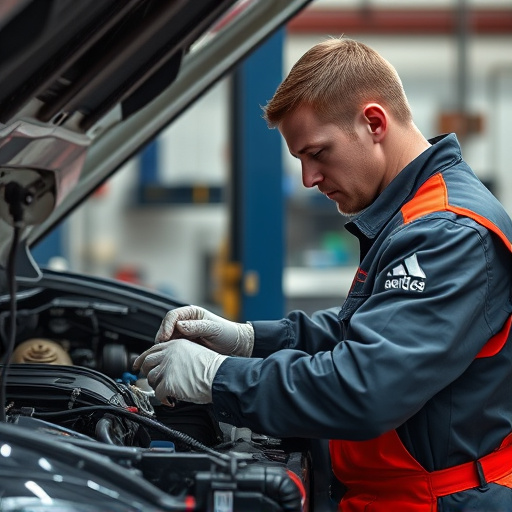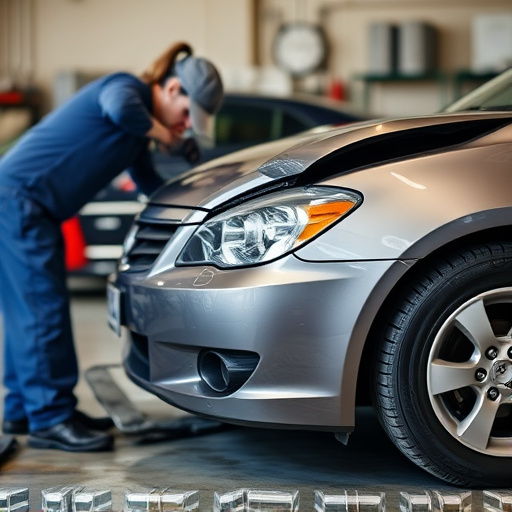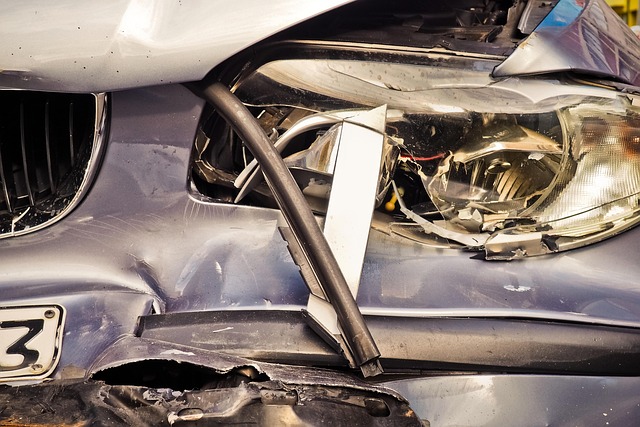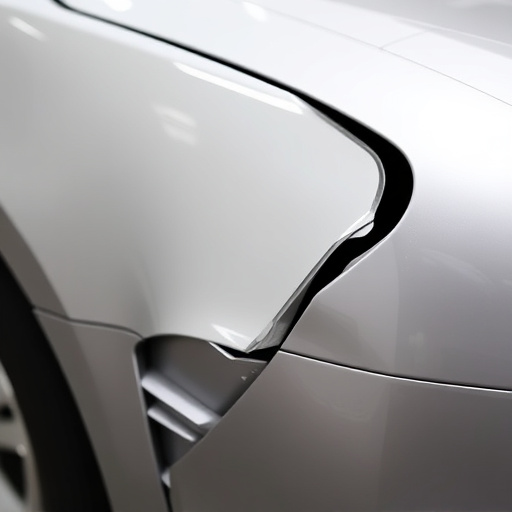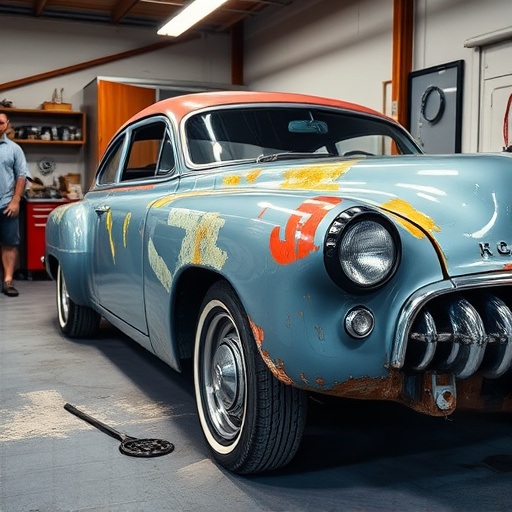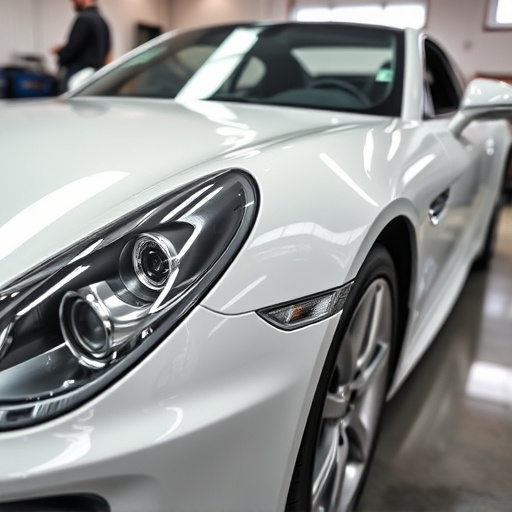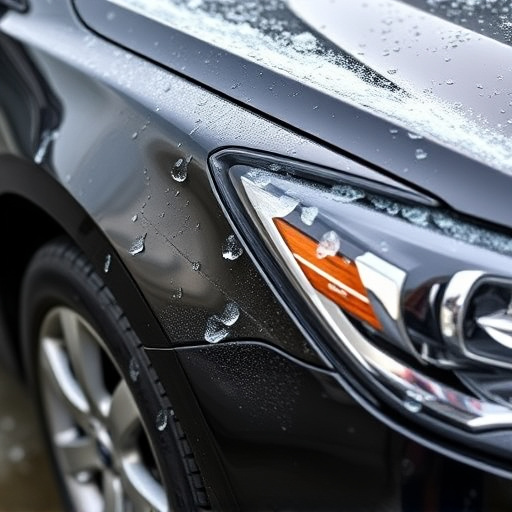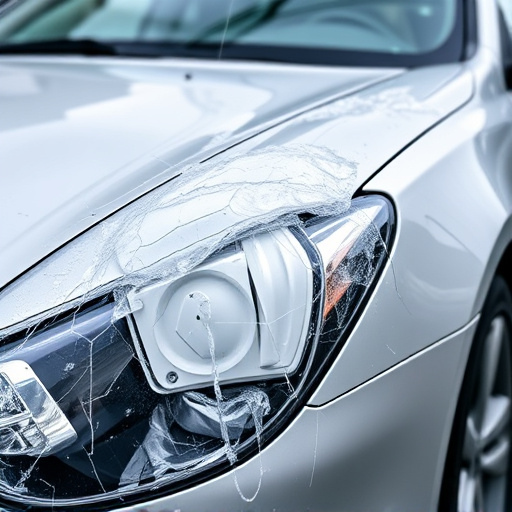Wholesale and retail Paintless Damage Repair (PDR) for car dealerships offer distinct approaches. Wholesale dealers focus on speed and volume, providing efficient collision repair solutions at competitive prices for fleet customers, while retail dealerships prioritize personalized service, meticulously restoring vehicles to their original condition, investing in client relationships and delivering tailored, high-quality services. PDR transforms dealership collision repair by offering a faster, more cost-effective alternative, enhancing customer satisfaction, reducing repair times, minimizing costs, and providing a competitive edge in the market for swift and precise vehicle restoration.
“Unraveling the distinct strategies of Wholesale and Retail Dealership PDR (Paintless Dent Repair) is crucial for car dealership success. This article guides you through the unique aspects of each approach, offering valuable insights for business owners.
First, we’ll explore the ins and outs of Wholesale PDR, delving into its operational model and benefits. Then, we’ll uncover Retail strategies, focusing on customer engagement and revenue generation. By understanding these differences, car dealerships can implement tailored PDR practices to enhance services and stay competitive in the market.”
- Understanding Wholesale Dealership PDR
- Exploring Retail Dealership PDR Strategies
- Key Differences Between Wholesale and Retail PDR Approaches
Understanding Wholesale Dealership PDR
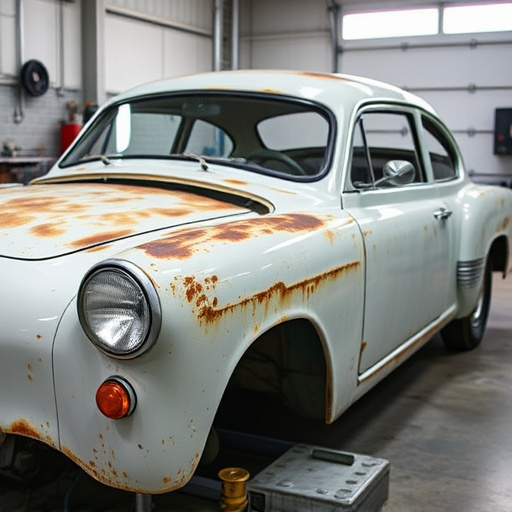
Wholesale Dealership PDR, or Paintless Damage Repair, is a specialized service that caters to car dealerships looking to offer their customers top-notch collision repair solutions. This method revolutionizes traditional auto body repair by eliminating the need for extensive sandblasting and repainting. With PDR, skilled technicians use advanced tools and techniques to gently work on dents and dings, restoring cars to their original state without causing additional damage or requiring excessive materials.
For dealerships, implementing Wholesale PDR services offers a competitive edge in the market. By providing this efficient and cost-effective repair option, dealers can enhance customer satisfaction by reducing repair times and minimizing costs associated with traditional collision repair processes, including auto glass repair and extensive car body repair. This approach not only benefits customers but also allows dealerships to maintain a streamlined and profitable operation while keeping up with the growing demand for swift and precise vehicle restoration services.
Exploring Retail Dealership PDR Strategies
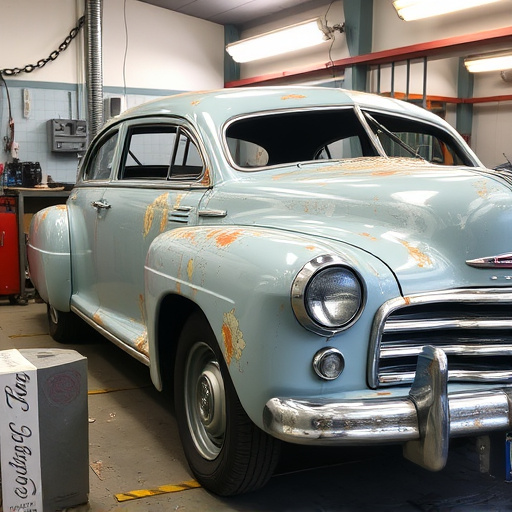
In the realm of automotive retail, PDR (Paintless Dent Repair) has emerged as a game-changer for dealerships looking to enhance their service offerings and customer experience. Retail dealerships that incorporate PDR into their strategies can provide quick, efficient, and cost-effective solutions for car collision repair, attracting customers who value convenience and time-saving solutions. By offering on-site automotive repair services, these dealers create a one-stop-shop atmosphere, streamlining the process from initial inspection to final fix, all while generating additional revenue streams.
This approach not only caters to the growing demand for efficient car collision repair but also positions the dealership as an innovative leader in the market. With PDR, retailers can offer specialized services such as dent removal, scratch repairs, and even minor body work without the need for extensive paintwork or lengthy workshop stays. This strategic move not only boosts customer satisfaction but also encourages repeat business, fostering a loyal client base that appreciates the convenience of having their automotive repair needs met promptly and efficiently.
Key Differences Between Wholesale and Retail PDR Approaches
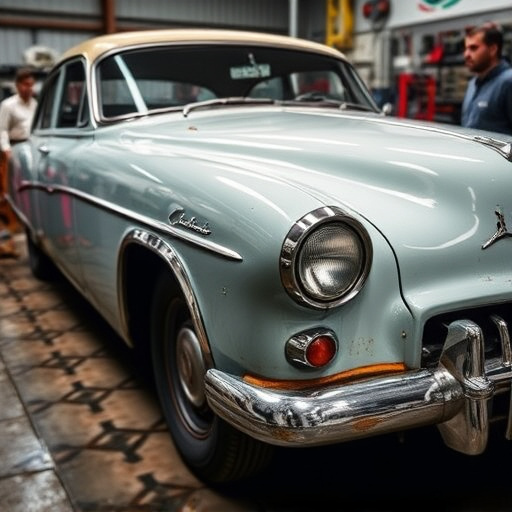
When it comes to PDR for car dealerships, wholesale and retail approaches differ significantly. Wholesale dealerships typically focus on volume and speed, aiming to cater to other businesses or fleets that require quick, cost-effective repairs. They often handle a high number of similar claims, streamlining processes to offer competitive pricing without prioritizing individual customer experiences. In contrast, retail dealerships prioritize the customer journey, focusing on personalized service for individual car owners.
Retail PDR approaches involve more intricate and meticulous work, such as intricate car body restoration and vehicle paint repair, ensuring each customer’s unique needs are met with precision and care. The retail model invests in building a strong relationship with clients, offering expert advice, and providing high-quality services tailored to individual vehicles. This approach may result in longer turnaround times but fosters trust and loyalty among customers who value personalized attention and top-notch car collision repair.
In conclusion, understanding the nuances between wholesale and retail dealership PDR (Paint, Repair, and Detailing) approaches is essential for car dealerships looking to optimize their revenue streams. While wholesale PDR focuses on volume and cost-effectiveness, catering to insurance companies and fleet managers, retail PDR strategies prioritize customer experience and high-end services, targeting individual consumers. By recognizing these differences, dealerships can tailor their PDR programs accordingly, enhancing overall efficiency and profitability in the competitive automotive industry.
